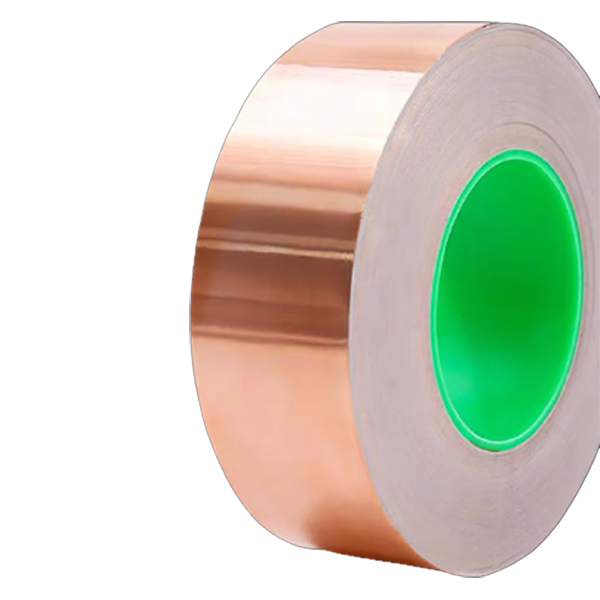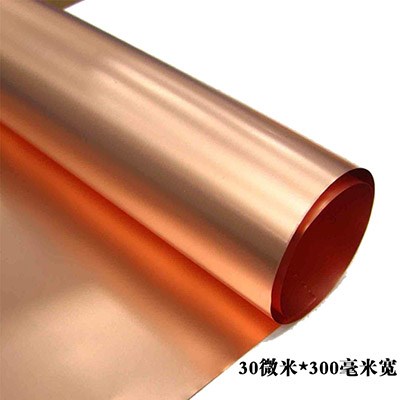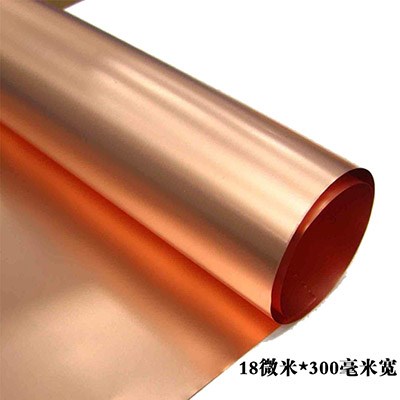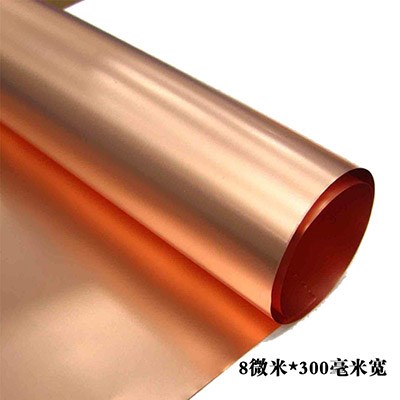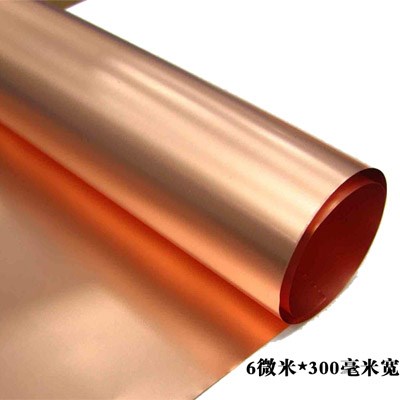Bozhou Preferred Ultra thin Copper Foil Manufacturer
The electrolyte contains oil, paint, grease, sediment and other contaminants attached to the surface of copper foil. After being squeezed by the squeezing (water) roller, the contaminants are squeezed flat, some contaminants attach to it, and some contaminants attach to the guide roller. Because the dirt is squeezed up during the operation, the dirt has a head and a tail, and has a direction.
Bozhou Preferred Ultra thin Copper Foil Manufacturer
With the development of high-density wiring technology for low profile copper foil multilayer boards, the traditional type cannot meet the needs of manufacturing high-precision printed circuit boards. Therefore, a new generation of copper foils, low profile (LP) and ultra-low profile (VLP), have emerged one after another. Compared with ordinary electrolytic copper foil, LP copper foil has fine crystal (2/zm), equiaxed grains, no columnar crystals, lamellar crystals, flat prisms and low surface roughness.
Bozhou Preferred Ultra thin Copper Foil Manufacturer
At the same time of thinning, it is also necessary to improve the tensile strength, elongation and other indicators, otherwise it is easy to cause copper foil fracture, affecting the safety of the battery. Therefore, it is the general trend that the future use will be more light and meet the above indicators.
Bozhou Preferred Ultra thin Copper Foil Manufacturer
Definition of electrolytic copper foil: it is formed by depositing copper ions in electrolyte on the round cathode roller of smooth rotating stainless steel plate (or titanium plate). The surface close to the cathode roller is called smooth surface, and the other surface is called rough surface.
Bozhou Preferred Ultra thin Copper Foil Manufacturer
The production process of electrolytic copper foil is simple. There are three main processes: solution raw foil, surface treatment and product slitting. The production process seems simple, but it is a production process that integrates electronics, machinery and electrochemistry, and is particularly strict with the production environment. Therefore, the industry does not have a set of standard and universal production equipment and technology, and each manufacturer shows its own ingenuity, which is also an important bottleneck affecting the improvement of domestic production capacity and quality.
